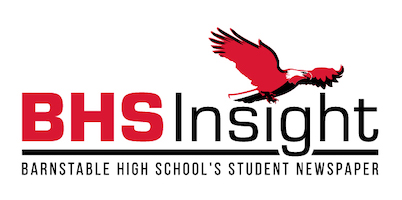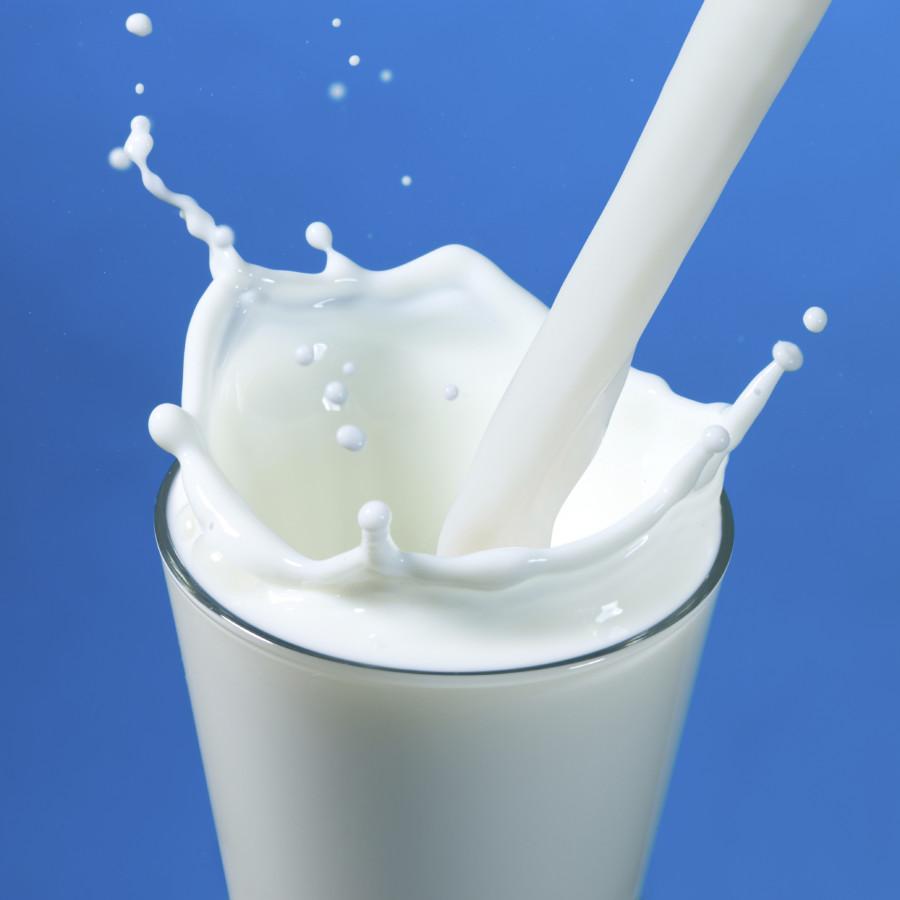Milky Myth
The Truth Behind Your Glass of Milk
June 6, 2014
With a jaunt in his step, the man in the pressed, blue suit walked with a determined focus. He was on a mission. A mission to expel a mysterious addiction creating harmful body effects without your consent. With a jingle of glass on the concrete doorstep and a ring of the doorbell, the milkman skipped back to his truck and moved on to his next victim.
When we are born, our mother’s breast milk is our primary source of nutrients. According to the article “Most Humans Beings Are Lactose Intolerant: Here’s Why” by Arjun Walia, as newborns, our bodies rely on the lactase, an enzyme, used to break down lactose, the sugar in milk, into glucose and galactose. We nurse until we no longer require her support. However, the lactase levels in our bodies become reduced after breastfeeding. At that point, the body doesn’t need such a hefty supply of lactase. This lackadaisical decline of lactase production is a natural, genetically occurring event and marks the end of the human consumption of milk. If humans are supposed to halt dairy intake immediately after they are weaned off of lactose, why is it that we are still drinking milk? And not only that, why are we drinking another species’ milk? According to Benjamin Phelan in his article “The Most Spectacular Mutation in Human History,” all mammals at the end of infancy are lactose-intolerant for life. In a 2012 article in USA Today featuring National Digestive Diseases Information, only 40% of Americans are able to digest lactose without any digestive problems.
According to Phelan, this 40% consists of those affected with “a genetic mutation which appeared, somewhere near modern-day Turkey, that jammed the lactase-production gene permanently in the “on” position.” He explains that the mutant was most likely a man who passed it down to his children. The mutation rapidly spread throughout the world granting some humans the ability to successfully consume dairy. However, the norm throughout the world is still lactose-intolerance, as it should be. Lactase persistence in humans has evolved as an adaptation to the consumption of non-human milk and dairy products consumed beyond infancy.
Cows’ milk is not what we think. The liquid is riddled with naturally-present hormones, which are stronger than human hormones, steroids and other hormones to plump up cows and increase milk production. These hormones can negatively impact humans’ delicate hormonal balance, according to “11 Reasons To Stop Eating Dairy” by Michelle Schoffro Cook. That slice of cheese or sip of chocolate milk may seem worth it in the moment, but unfortunately could lead to a plethora of health problems down the road. In a study done by the USDA, dairy may be linked to cancer, acne, allergies, diabetes, diarrhea, ear infections, and even an increased frequency of colds and flu. Cows milk is for cows. If it were suitable for humans consumption, there wouldn’t be such negative side effects.
As for the famous “Milk Myth” that “Milk builds strong bones,” is one of the most popular misconceptions the American Dairy Industry led us to believe. The truth is exactly the opposite. As Dr. Walter Willet, the Nutrition chairman of Harvard School of Public Health, explains: “Interestingly, many long-term studies have now examined milk consumption in relation to risk of fractures. With remarkable consistency, these studies do not show reduction in fractures with high dairy product consumption. The hype about milk is basically an effective marketing campaign by the American Dairy industry.” Willet, who has conducted much research on dairy avoidance explains that less dairy could actually mean better bones and that calcium is shown to have very little effect on bone strength. “Countries with lowest rates of dairy and calcium consumption (like those in Africa and Asia) have the lowest rates of osteoporosis,” explains Willet, while “studies of calcium supplementation have shown no benefit in reducing fracture risk. Vitamin D appears to be much more important than calcium in preventing fractures.” This lie that milk is an essential to our lives is just another media ploy and has roped people in for centuries causing them to spend obscene amounts of money on a product they do not need.
One dilemma Americans specifically face, is that giving up dairy means no more triple scoop sundaes, no more mac and cheese, no more late night confections, and no more milk. Since we are so accustomed to this food group, eliminating it completely is not an option for many, however the benefits of giving dairy the boot and replacing it with alternatives could potentially change your life. If you aren’t lactose intolerant and eliminating dairy isn’t an option, try raw, organic dairy products or take a leap of faith and conduct an experiment. Don’t eat dairy for a week, see how you feel and then decide whether it’s worth it or not. As for where you will get your calcium, the alternatives are plentiful. Try dark green leafy vegetables, seeds, nuts, or soy. If you quit dairy cold-turkey, potential to feel, look, and act better is in the near future. It’s that simple. Milk is for cows. We don’t need it.


